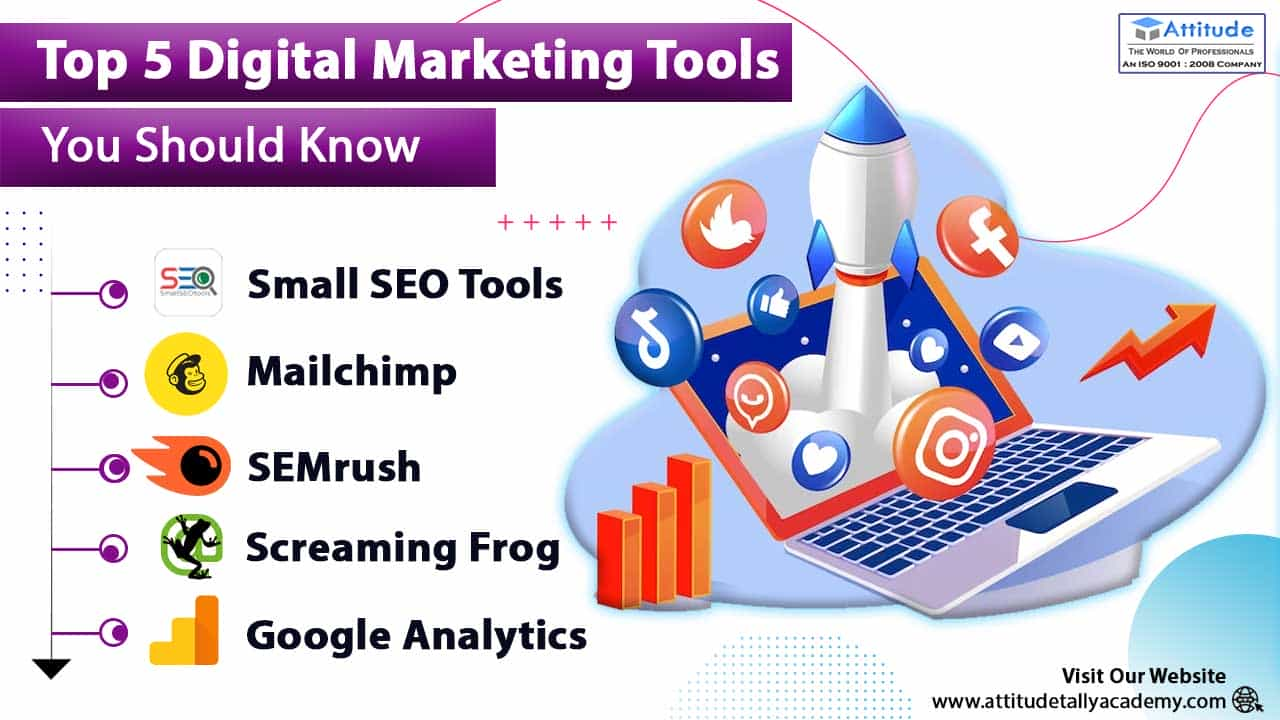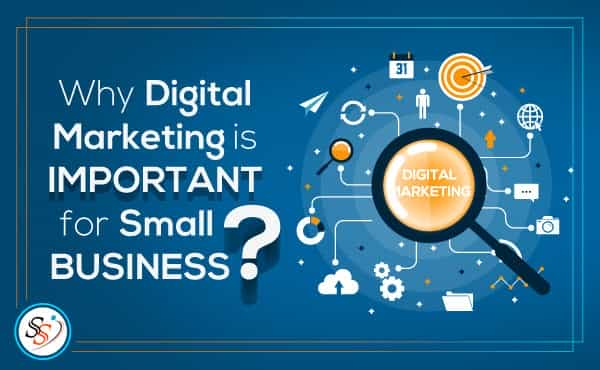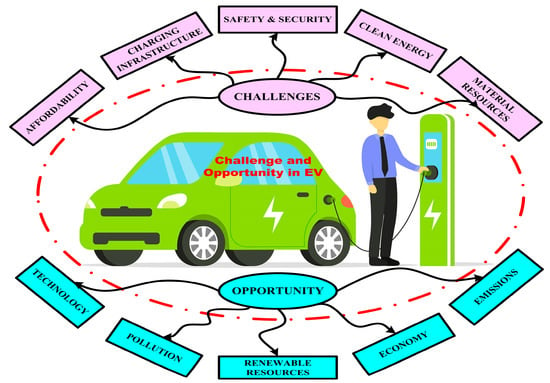CI/CD for Machine Learning: A Complete Guide
Mia Anderson

Photo: CI/CD for Machine Learning: A Complete Guide
CI/CD for Machine Learning: A Complete Guide
In today’s fast-paced data-driven world, the integration of Continuous Integration (CI) and Continuous Deployment (CD) in Machine Learning (ML) workflows has become crucial for creating efficient, reliable, and scalable models. As ML adoption increases across industries, the need for robust and automated systems to manage the end-to-end lifecycle of models is undeniable. In this guide, we'll explore what CI/CD for Machine Learning is, its benefits, and how you can implement it to optimize your model development and deployment pipelines.
What is CI/CD for Machine Learning?
CI/CD for Machine Learning refers to the combination of best practices in Continuous Integration (CI) and Continuous Deployment (CD) tailored to the specific needs of ML workflows. While CI/CD is widely used in software development, it takes on unique characteristics in the context of machine learning, primarily because machine learning models require a more complex set of steps from data preprocessing to model training and evaluation.
Key Components of CI/CD in ML:
- Continuous Integration (CI): In ML, CI refers to the practice of regularly integrating new data, code, and model changes into a shared repository, with automated tests to ensure that updates do not break existing functionality. This practice facilitates early detection of issues and provides rapid feedback during development.
- Continuous Deployment (CD): CD extends the principles of CI by automating the deployment process, ensuring that validated models are deployed to production with minimal human intervention. This enables teams to quickly release new versions of the model into a live environment, making it easier to experiment, test, and deliver results.
Why CI/CD is Essential for Machine Learning Projects
Implementing CI/CD in ML can dramatically improve the efficiency, quality, and agility of the model development lifecycle. Here are the primary reasons why CI/CD is essential for ML projects:
1. Faster Time-to-Market
By automating the integration, testing, and deployment processes, CI/CD allows for quicker iteration cycles, which results in faster development and deployment of ML models. Teams can rapidly adapt to new data, modify models, and deploy improvements without waiting for manual interventions.
2. Consistency and Reproducibility
With CI/CD pipelines, every time a model is trained or deployed, the process follows a consistent set of steps. This ensures that the same conditions are met for each iteration, making the results reproducible. Consistency is especially crucial in ML, as slight variations in data or configuration can significantly impact model performance.
3. Error Detection and Resolution
Automated testing in CI/CD pipelines enables early detection of issues, whether related to code, data inconsistencies, or model performance. This proactive approach helps identify and fix errors before they escalate into larger problems, reducing the risk of deploying faulty models.
4. Scalability
As ML systems grow, manually managing updates, tests, and deployments becomes increasingly challenging. CI/CD provides the scalability needed to handle multiple models, diverse data sources, and complex deployment environments efficiently.
Key Steps in Setting Up CI/CD for Machine Learning
Implementing CI/CD for ML is not without its challenges, as the traditional CI/CD tools for software development may need to be adapted to accommodate the unique nature of ML workflows. Here’s a step-by-step guide to setting up CI/CD for ML:
Step 1: Version Control for Code and Data
One of the first things to do is establish robust version control for both your code and your datasets. While Git is a standard for managing code changes, tools like DVC (Data Version Control) or MLflow allow you to version your datasets, ensuring that every change to the data is tracked alongside the code.
- Code versioning: Use Git or similar tools to manage model code and related scripts.
- Data versioning: Tools like DVC track datasets, data transformations, and model parameters, providing a full record of model development history.
Step 2: Automated Testing of Models
Automated testing ensures that any changes to code or data do not break the model’s functionality. Common tests for ML include:
- Unit tests: Verify individual components like data processing functions.
- Integration tests: Ensure that various system components (data, code, models) work together seamlessly.
- Performance tests: Assess how well the model performs on different datasets, ensuring that it meets predefined metrics (accuracy, precision, recall, etc.).
For automated testing in ML, popular tools include pytest, unittest, and specialized tools like TensorFlow Model Analysis for model performance testing.
Step 3: Automating Model Training and Hyperparameter Tuning
Model training is a computationally intensive process that can be automated with pipelines. Platforms like Kubeflow, Apache Airflow, and MLflow support the orchestration of model training workflows, allowing you to run experiments, track parameters, and select the best-performing models.
Hyperparameter optimization is another critical task in ML workflows. Tools like Optuna and Google Vizier can automate hyperparameter search, ensuring that your models achieve optimal performance.
Step 4: Continuous Deployment of Models
Once a model passes all tests, it’s ready for deployment. Continuous Deployment ensures that updates or new models are automatically pushed into production without requiring manual intervention. This can be achieved using tools like Kubernetes, Docker, and Terraform, which help containerize and deploy models at scale.
In a CD pipeline, the deployment process includes:
- Model containerization: Using Docker or similar technologies to package models in containers that can be deployed across various environments.
- Model rollout: Gradually deploying new versions of models and performing A/B testing to evaluate their performance in real-world environments.
- Monitoring and feedback: Continuously monitoring deployed models to track performance metrics and gather feedback for future improvements.
Best Practices for CI/CD in Machine Learning
To get the most out of CI/CD for ML, here are some best practices to follow:
1. Collaborate Across Teams
ML projects often involve cross-functional teams (data scientists, engineers, operations). Ensure close collaboration between these teams to optimize the CI/CD pipeline, allowing for smoother integration and deployment.
2. Use Modular Pipelines
Breaking down the ML pipeline into modular components (data preprocessing, training, validation, and deployment) makes it easier to track changes and troubleshoot issues.
3. Monitor Model Performance
Automate the process of monitoring models after deployment. This includes tracking metrics like latency, accuracy, and failure rates, and ensuring that models remain effective over time.
4. Implement Robust Rollback Mechanisms
Sometimes, things don’t go as planned. Implementing rollback mechanisms ensures that you can quickly revert to a previous stable version of the model if issues arise.
Tools for CI/CD in Machine Learning
Several tools are specifically designed to streamline CI/CD for ML. Some of the most popular ones include:
- Jenkins: Popular in CI/CD pipelines, Jenkins can be extended with plugins to support ML workflows.
- Kubeflow: A machine learning toolkit for Kubernetes, providing automation for the end-to-end ML lifecycle.
- MLflow: An open-source platform that manages the end-to-end lifecycle of machine learning models.
- TensorFlow Extended (TFX): A production-ready ML pipeline framework for TensorFlow models.
Conclusion
CI/CD for machine learning is a game-changer for teams looking to streamline their model development and deployment pipelines. By automating repetitive tasks, ensuring consistent processes, and accelerating the feedback loop, CI/CD enables faster, more reliable model releases. Whether you're working on data versioning, automated testing, or model deployment, integrating these best practices will enhance the overall quality and efficiency of your ML projects.
Call to Action:
Are you ready to implement CI/CD in your machine learning projects? Share your experiences, challenges, or any questions you might have in the comments below. For more insightful articles on machine learning and CI/CD practices, check out our related articles.
Frequently Asked Questions (FAQs)
Q1: What tools should I use for CI/CD in machine learning?
Popular tools include Jenkins, Kubeflow, MLflow, TensorFlow Extended, and DVC. Choose the ones that best fit your team’s needs and existing infrastructure.
Q2: How do I ensure my model is continuously monitored after deployment?
Utilize monitoring tools like Prometheus, Grafana, and custom dashboards to track metrics and set alerts for any performance degradation.
Q3: Can CI/CD pipelines handle large-scale models?
Yes, CI/CD pipelines can be scaled to handle large models by using containerization technologies like Docker and Kubernetes to manage the computational resources needed for deployment.
Marketing
View All
January 20, 2025
5 Best Digital Marketing Tools for GrowthUncover the top 5 digital marketing tools every marketer needs. Boost efficiency, drive results, and streamline your campaigns now!
Mia Anderson

January 27, 2025
PPC vs SEO: Digital Marketing ShowdownDiscover the differences between PPC and SEO in digital marketing. Find out which strategy is right for your goals and budget. Make an informed choice today!
Mia Anderson

January 21, 2025
Why Digital Marketing is Vital for SMBsDiscover why small businesses must adopt digital marketing in 2024. Learn tips and tactics to compete in the digital age. Take your business online today!
Mia Anderson
Entertainment
View AllDiscover the latest trends in cinematic universes for 2024. Explore how interconnected storytelling is evolving and its impact on modern media. Learn more now!
Mia Anderson
Discover the top indie movies of all time that will captivate and inspire you. Dive in to see which films made the list click to explore cinematic gems!
Mia Anderson
Discover how streaming is revolutionizing the movie industry. Explore its impact and future trends. Click to stay ahead in the entertainment world!
Mia Anderson
Unlock the secrets to creating captivating animation videos in 2024. Discover expert tips and techniques to bring your ideas to life. Start now!
Mia Anderson
Automotive
View AllExplore how the rise of electric vehicle (EV) infrastructure is driving changes in land use and urban planning worldwide.
Read MoreNeed cash fast? Discover how to sell your car for cash with quick and reliable methods!
Read MoreDominate the auto market with these Dealer Daily tips. Learn strategies to increase efficiency and outshine competitors!
Read MorePolular🔥
View All
1
2
3
4
5
6
7
8
9
10
News
View AllAugust 6, 2024
2024 Election News: Breaking Updates, Polls, and Predictions - Get the Latest Insights Now!
Read MoreTechnology
View All
August 12, 2024
The Ultimate Guide to Investment Banking Services: Unlocking Wealth Secrets
Discover the secrets to building wealth with investment banking services. Our guide unlocks the exclusive world of investment banking and how it can work for you.

January 18, 2025
Data-Driven Decisions: Strategies for Success
Discover how data-driven decision-making improves business outcomes. Learn strategies and tools to make smarter, data-backed choices!

August 12, 2024
The Best Help Desk Software for Small Businesses: Top Picks
Elevate your small business with the best help desk software! Discover our top picks for simple, efficient, and cost-effective solutions to streamline your customer support and boost growth.
Tips & Trick






















